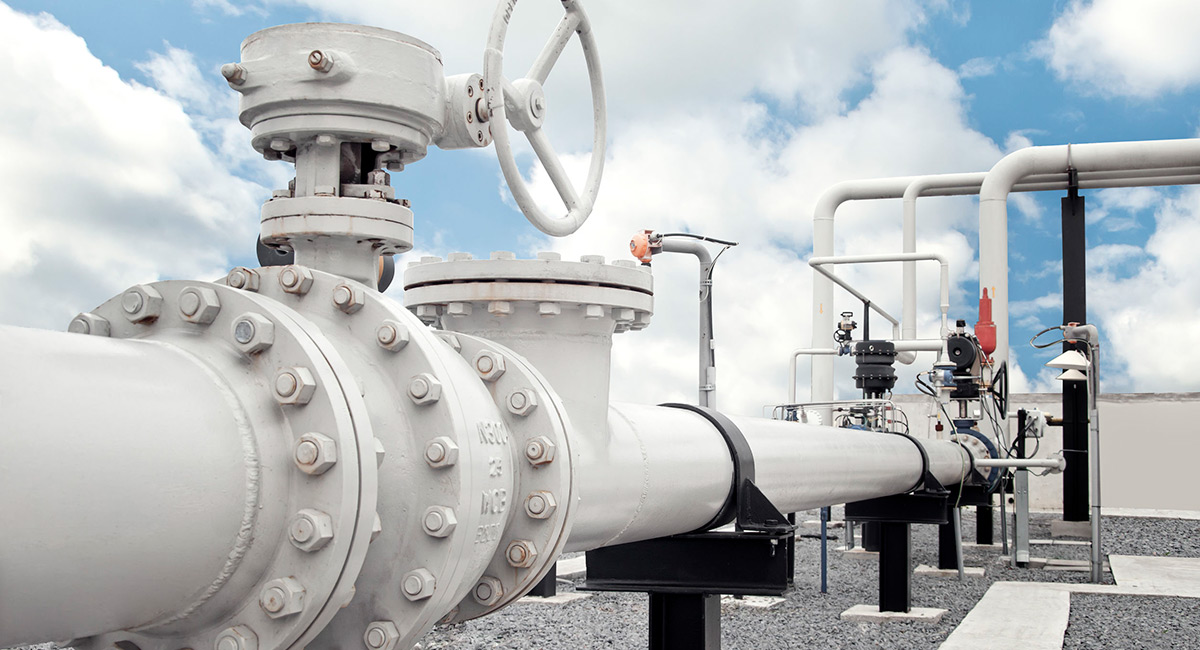Researchers at MIT recently forecast that natural gas production from five American shale reserves would double in five years and triple in 20. These U.S. sources of gas can transform America’s energy outlook, provided lawmakers don’t interfere with the process.
Shale formations created from sea basins millions of years ago have trapped oil and gas within them. Only in the past century did scientists discover how to unlock them. With hydraulic fracturing, water pressure is used to open up spaces in the rock underground, which allows oil and gas to escape and be brought to the surface. Thanks to this process, the United States now has a potential supply of natural gas for the next century.
That’s something environmentalists should cheer, because natural gas has lower carbon content than many other energy sources. Instead, environmentalists are using scare tactics to end hydraulic fracturing in America.
At the heart of the controversy is the concern that hydrofracking will contaminate the nation’s drinking water. Environmentalists worry about unintentional leaks and improper disposal that might cause chemicals to seep into underground drinking water supplies. They also worry about failures in well casings.
So congressional Democrats are promoting the FRAC Act, which would severely hamper the use of this technique.
The procedures for protecting water supplies are well established and effective. Casing, in the form of steel pipe, is put into place at the top of a well in order to protect groundwater. If a well needs to be drilled deeper, more casing is mounted so that groundwater continues to be shielded.
The mixture used to fracture shale is a benign blend of 90 percent water, 9.5 percent sand, and 0.5 percent chemicals, mostly common ones such as sodium chloride (table salt) and citric acid (think orange juice).
The U.S. Environmental Protection Agency and state regulators have studied the issue. The EPA concluded in 2004 there were no significant environmental risks from hydrofracking but launched a new study in 2010 to specifically study the connection between fracking and water contamination. That report is expected in 2014.
It’s clear that opposition to hydrofracking has to do with a politicized agenda to stymie U.S. energy production.
Shale gas “plays” exist across the country: in the South, the Appalachian Basin, and the West, including California. The Marcellus Shale created more than 44,000 jobs in Pennsylvania and added $4 billion to its economy in 2009, plus 13,000 jobs in West Virginia and nearly a billion-dollars to the economy there, according to researchers at Penn State. They also found that the development of the play could mean almost 300,000 new jobs and $25 billion in value added to the economy in the next decade.
If enviro zealots kill this technology, within five years, we’d see 45 percent of domestic natural gas production and 17 percent of domestic oil production vanish and energy prices spike. That’s the scary reality.
The energy from hydrofracking can transform the U.S. energy outlook for a century. Let’s not allow groundless fears to destroy our future.










